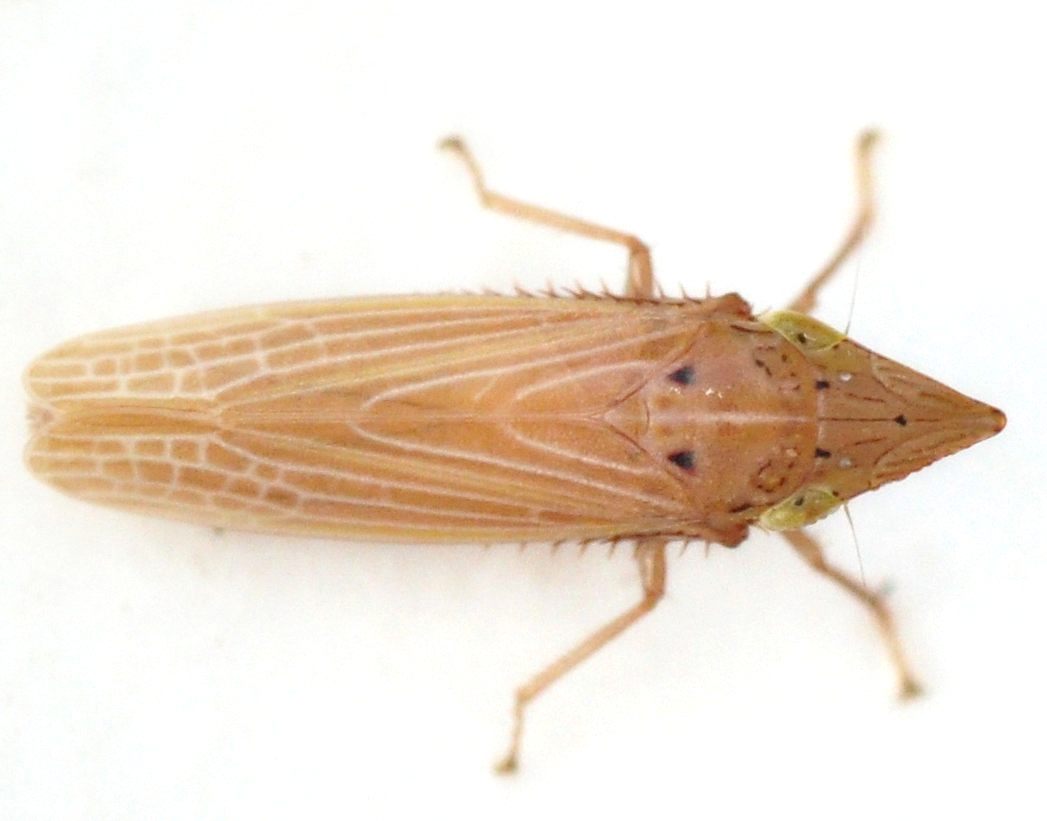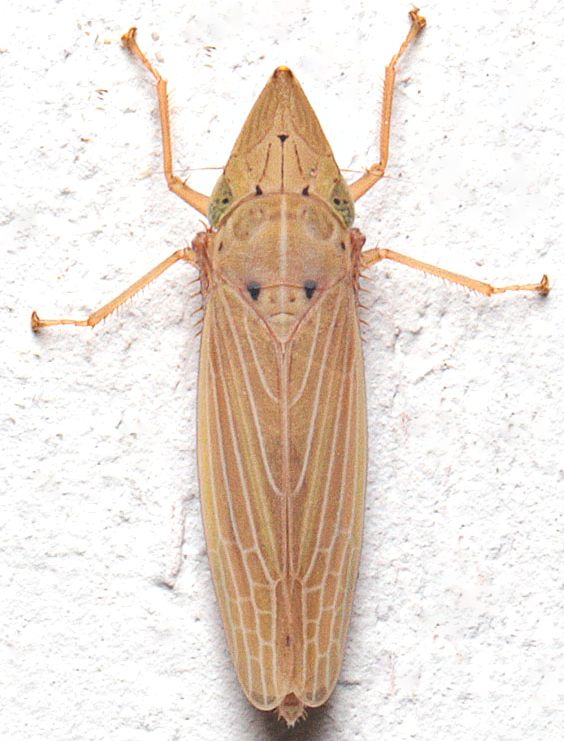Species Photo Gallery for Draeculacephala septemguttata No Common Name 16 |
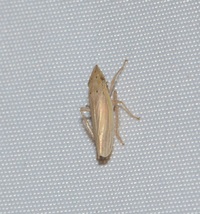 | Photo by: Hunter Phillips, Mark Shields
Onslow Co.
Comment: | 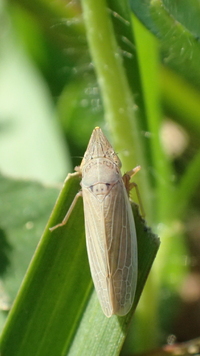 | Photo by: Erich Hofmann
Craven Co.
Comment: |
 | Photo by: Erich Hofmann
Craven Co.
Comment: | 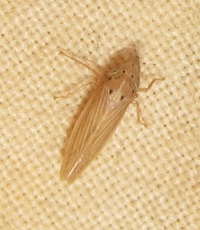 | Photo by: B. Bockhahn
Onslow Co.
Comment: Sweep net |
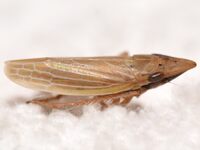 | Photo by: Erich Hofmann
Craven Co.
Comment: female, 7.5 mm; additional pics by K. Kittelberger | 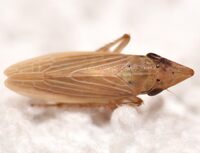 | Photo by: Erich Hofmann
Craven Co.
Comment: female, 7.5 mm; additional pics by K. Kittelberger |
 | Photo by: Erich Hofmann
Craven Co.
Comment: female, 7.5 mm | 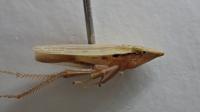 | Photo by: Erich Hofmann
Craven Co.
Comment: female, 7.5 mm |
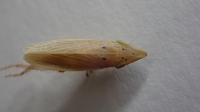 | Photo by: Erich Hofmann
Craven Co.
Comment: female, 7.5 mm |  | Photo by: Ken Childs
Out Of State Co.
Comment: male |
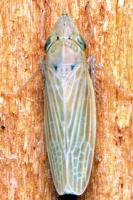 | Photo by: Ken Childs
Out Of State Co.
Comment: male | 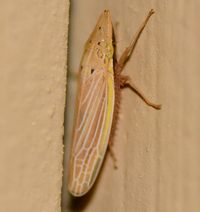 | Photo by: Kyle Kittelberger, Paul Scharf
Beaufort Co.
Comment: open, grassy habitat surrounded by pine and mixed hardwood forest |
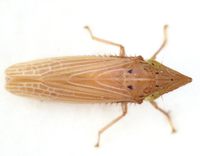 | Photo by: Kyle Kittelberger, Brian Bockhahn
Washington Co.
Comment: open forest habitat | 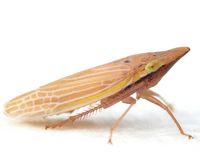 | Photo by: Kyle Kittelberger, Brian Bockhahn
Washington Co.
Comment: open forest habitat |
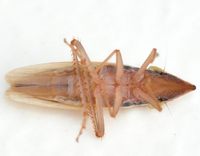 | Photo by: Kyle Kittelberger, Brian Bockhahn
Washington Co.
Comment: open forest habitat | 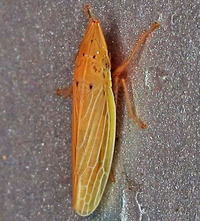 | Photo by: Tony DeSantis
Camden Co.
Comment: |
|

 »
»
